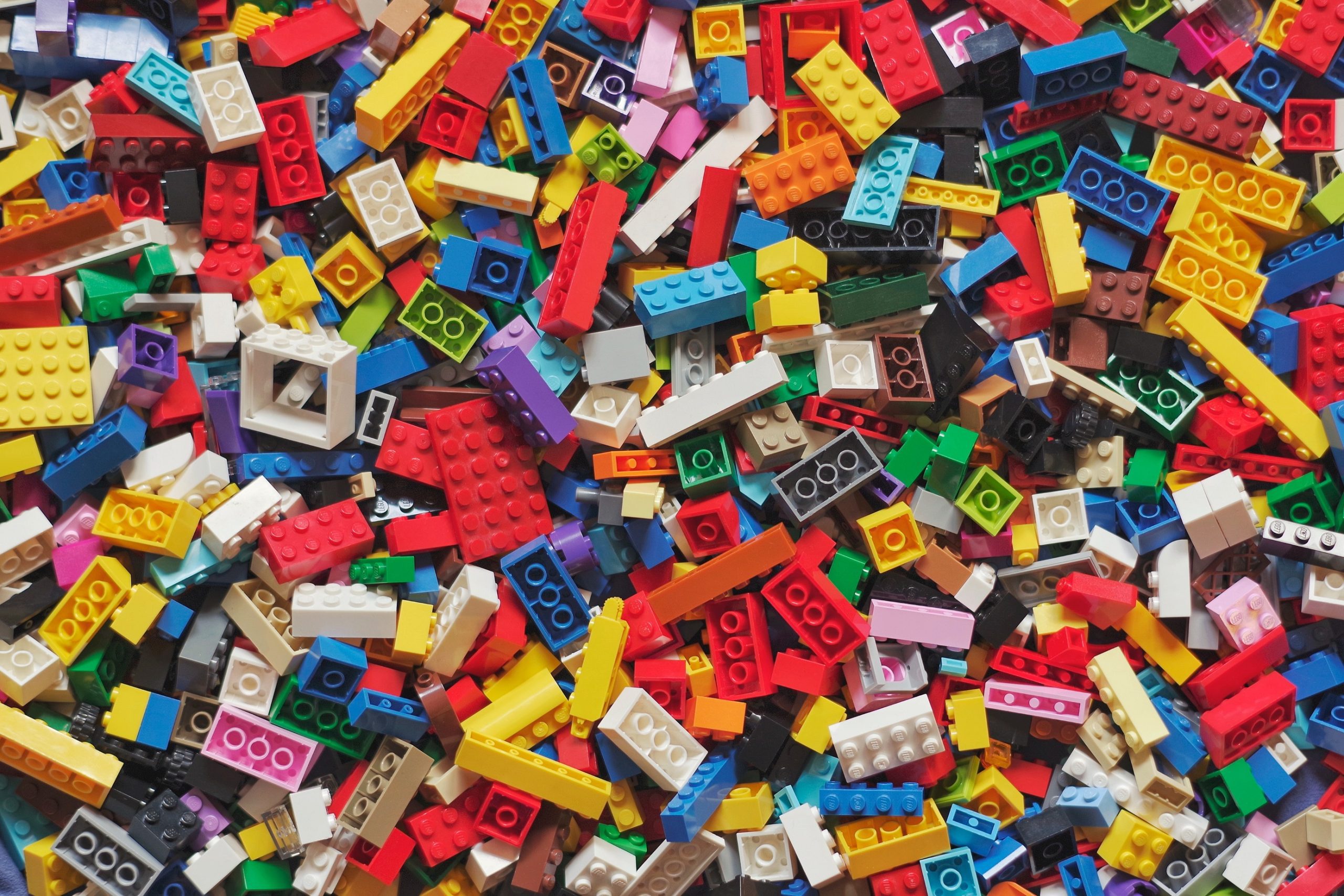A German and an American have won the Nobel Prize in Chemistry for their revolutionary method of building ‘left-handed’ or ‘right. “An expansion of the chemical toolbox.”
Chemists prefer to build molecules the same way you play with Lego: brick by brick. (Photo: Xavi Cabrera / Unsplash)
In the year 2000, both scientists (the German Benjamin List and the American David W.C. MacMillan) independently came up with the same solution to an old problem: how do you build exactly the right molecules in a simple way?
Chemists prefer to build molecules the same way you play with Lego: brick by brick. Catalysts are their tools: auxiliary substances that bring about chemical reactions to produce specific molecules.
Mirror images
Until the publications by these Nobel Prize winners in the year 2000, there were basically two catalysts: metals and enzymes. The winners devised a third kind of catalyst: organic molecules derived from nature.
‘Organic is not always green‘
“Scientifically, they have succeeded in making a chemical process a field of research,” says Professor Frank Hollmann (Biocatalysis at the Faculty of AS). “In the history of chemistry there is a whole list of reactions in which non-metallic catalysts play a role, but List and MacMillan have systematically put organocatalysis on the map.”
Hollmann draws a comparison with the Nobel Prize for Chemistry in 2001 which was awarded to three researchers for their work in metallic catalysis that works with rare metals such as titanium. Now, 20 years later, the Nobel Prize Committee is rewarding a method of catalysis that is not dependent on exotic metals. “This is not to say that everything is green and unpolluted,” warns Hollmann. “Non-metallic catalysts are often less efficient and you need more of them. This consumes energy and generates waste. Organic is not always green.”
The orientation of molecules is getting a lot of media attention. This is important for pharmaceuticals in particular because mirror image molecules in biology could have a completely different effect. Hollmann points out that particular orientations of molecules (chirality) are not specific to organic catalysis. Metallic and enzymatic catalysis can do this too.
However, Hollmann is happy with this new form of organic catalysis that he views as an expansion of the chemical toolbox. Researchers take the one thing one time and another thing the next time, and often a combination of several things.
Amsterdam
Benjamin List happens to be on holiday in Amsterdam with his family, he said in a telephone comment during the Nobel Prize Committee’s press conference. He had just attended a great concert in the Concertgebouw and his day just got even better, he added.
‘The breakthrough was not immediately recognised’
Where is his research now compared to twenty years ago? The breakthrough was not immediately recognised, he said. The real revolution only came later when the technology was refined, according to List.
The prize money of ten million Swedish kronor (around 985,000 euros) will be divided between the two laureates.
The very first Nobel Prize in Chemistry went to a Dutch researcher in 1901: Jacobus Henricus van ’t Hof was awarded the prize for his research into chemical equilibria and osmosis. Three other Dutch researchers have won the prize since then, including Ben Feringa in 2016.
HOP, Bas Belleman / Delta, Jos Wassink
Translation: Taalcentrum-VU
After the announcement of the Nobel Prize in Chemistry 2021, Peter Somfai, a member of the Nobel Prize Committee, explained the decision to journalist Joanna Rose.
Do you have a question or comment about this article?
redactie@hogeronderwijspersbureau.nl


Comments are closed.